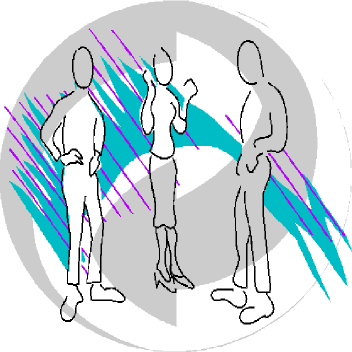|
|
|
|
Interpersonal Communication 3Parts The next time you come upon a group of motorcyclists riding together, observe how they communicate with one another. Since there is little opportunity for verbal communication, the primary mode is through hand signals, body language, and machine positioning. One has to read the total message communicated by how the three work together in order to understand the action to be taken. When two or more people communicate, the total message is conveyed by how words, body language, and behavior synchronize to work together. Environmental conditions in which communication takes place also offer special meaning to the complete message. Frequently quoted in communications workshops – mine included – are statistics from a study by Dr. Albert Mehrabian of UCLA in the 1970’s noting that 7% of a message is communicated through spoken words, 13% through non-verbal signals, and 78% through body language. These statistics in and of themselves present a false picture of how we communicate, however. Of greater significance than individual statistics is that multiple modes of communication must be interpreted together for a clear message. If you say, “I’m pleased to work with you” in a voice tone that sounds bored, with your arms crossed tightly across your chest, the message receiver has three different messages: your words say you are pleased, your voice says you would rather be somewhere else, and your body indicates you are closed and defensive. Thus, your words come across as false. Make sure you communicate the message you intend in a congruent manner, incorporating the content of the message with an appropriate tone of voice, supported by your body language. Bonus gift: Learn more about Dr. Mehrabian and the import of his study on interpersonal communications . |
|||
 |
|||

